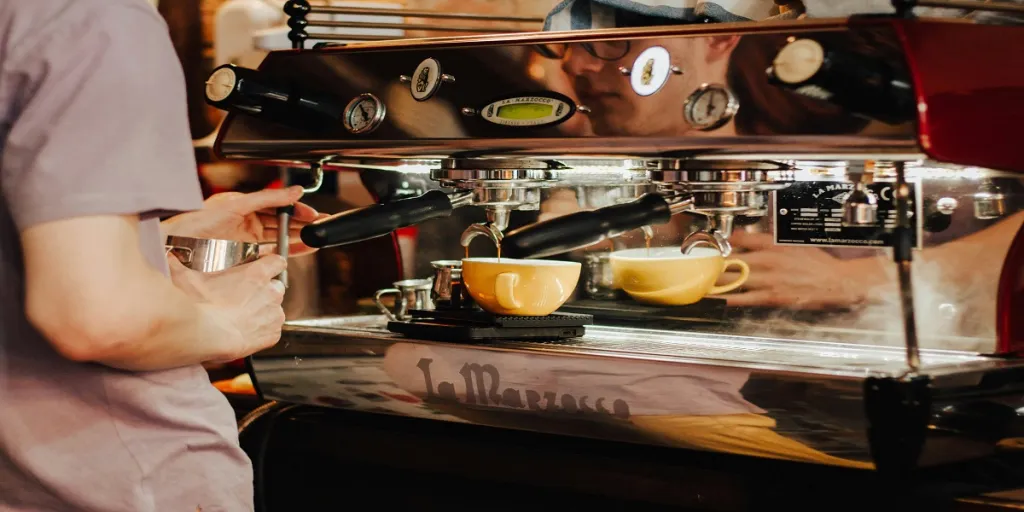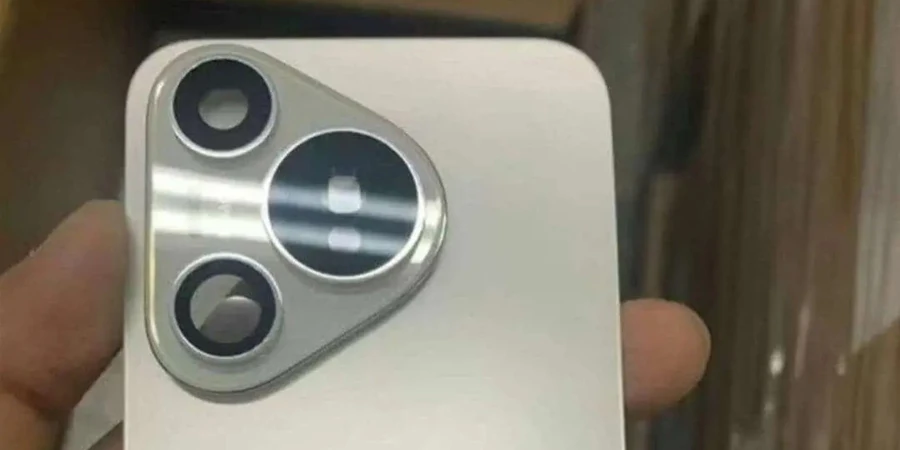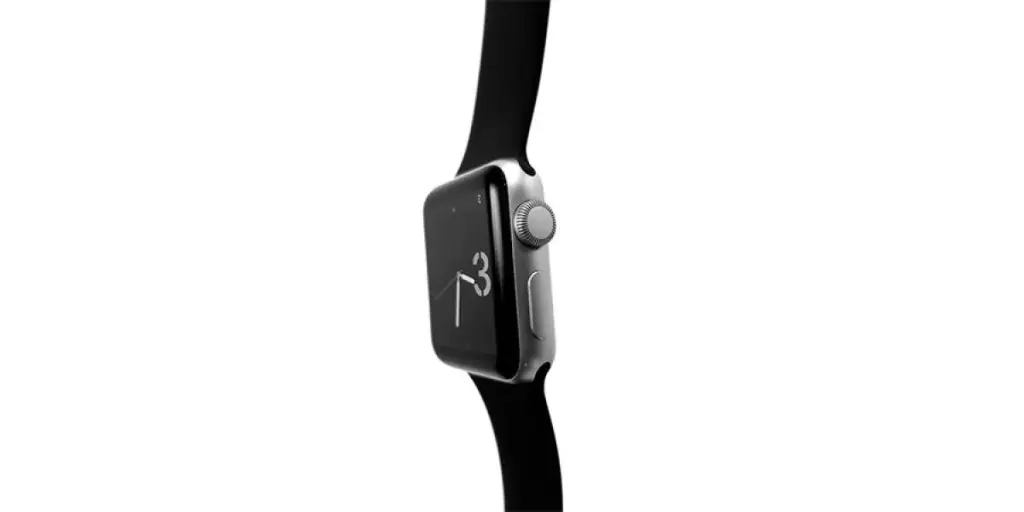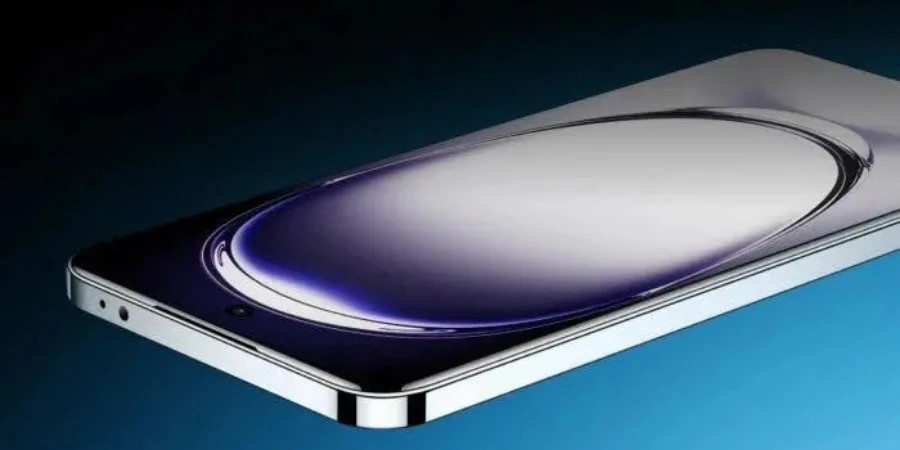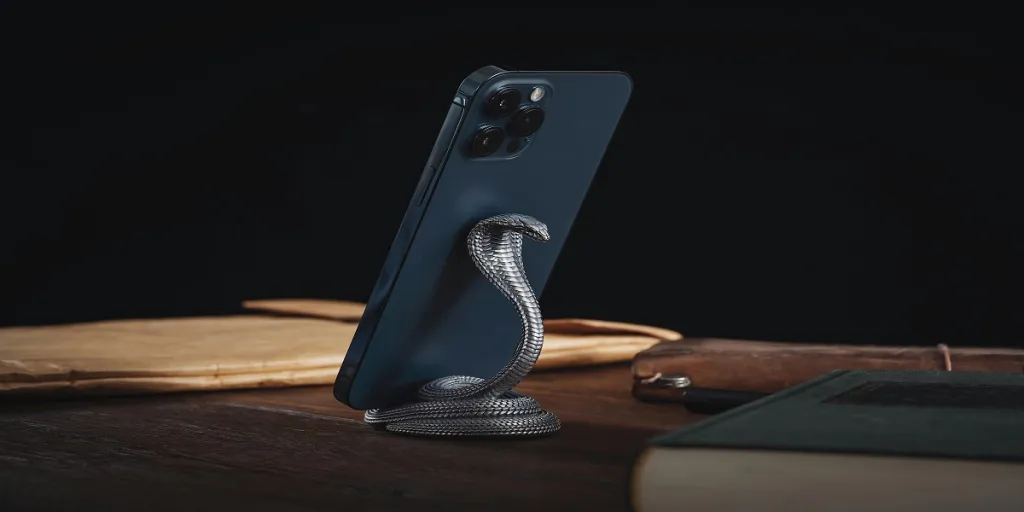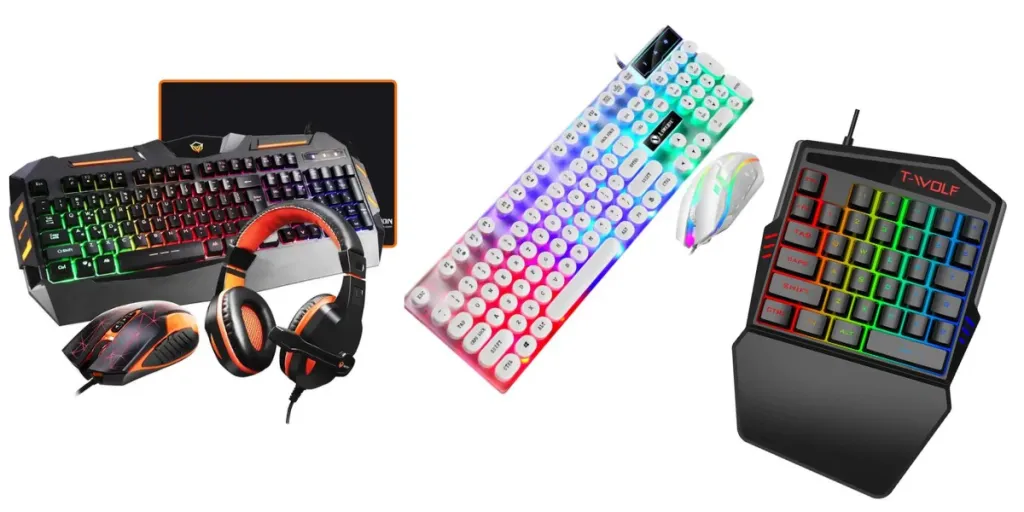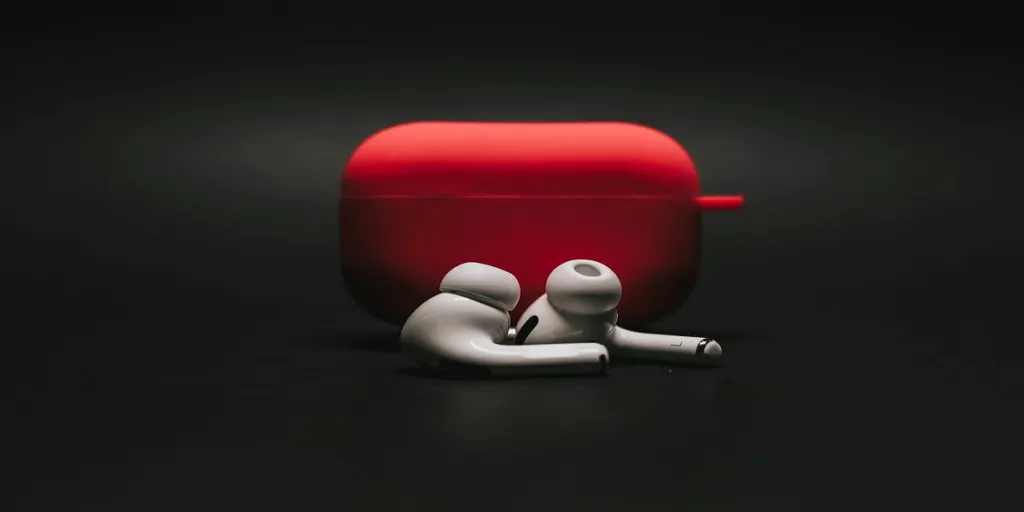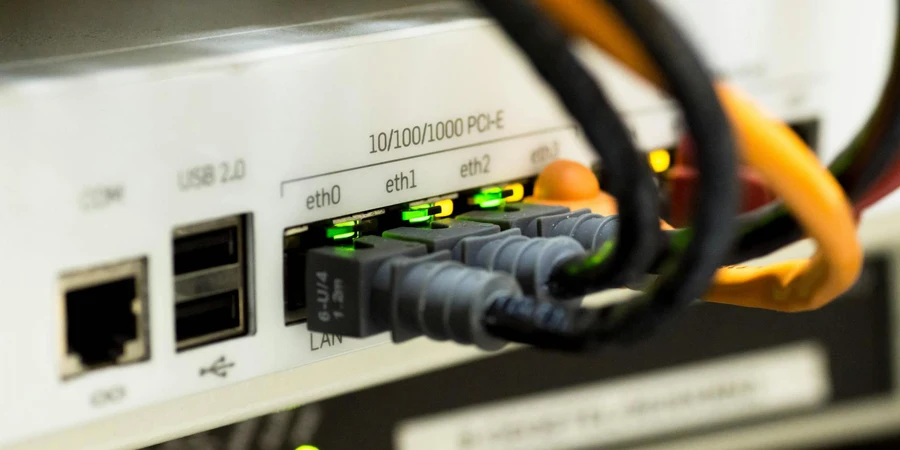Coffee is now an embedded part of most consumers’ daily morning routines. Some customers even see coffee drinking as a tradition or part of the culture. Regardless of the reason for loving this energetic brew, most people have their first cup in their homes.
For this reason, there is a lot of opportunity in the coffee machine market. This equipment comes in different sizes & shapes and caters to different consumer coffee needs. However, diving into the coffee business requires some heavy thinking and evaluation.
This article will show accessory retailers what to consider before investing in a coffee machine sales business.
Table of Contents
5 things to consider before starting to sell coffee machines
5 popular types of coffee machines consumers love
How big is the coffee machine market size?
Which coffee machine is the best?
5 things to consider before starting to sell coffee machines
Coffee machine size
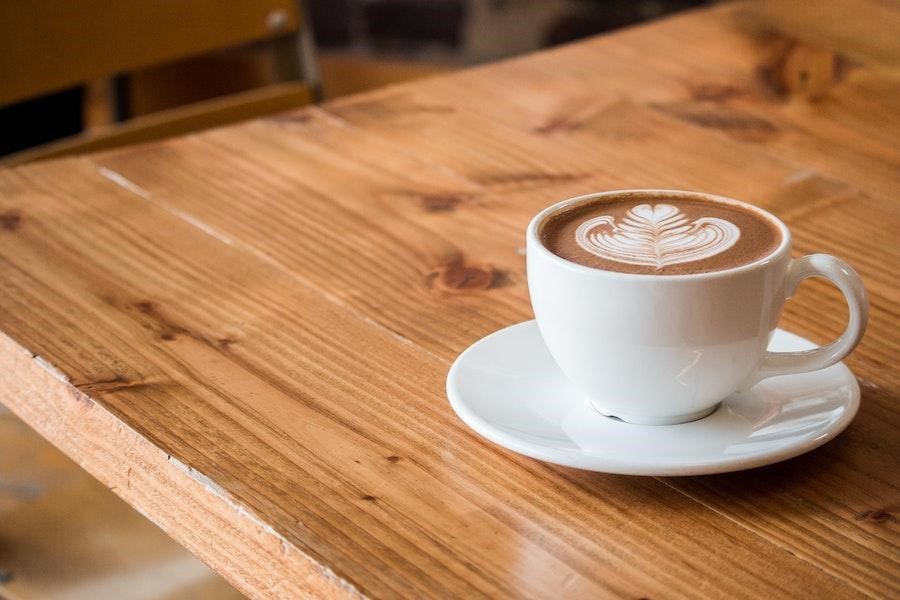
The coffee machine size determines how many servings consumers will be able to make at a given time. Most coffee machines can brew anything from 1 cup to 10/12 cups. Some models go beyond the standard by offering 14 or 16-cup brewing.
Consumers with large families or shops serving many drinkers will demand nothing less than 12-cup coffee machines (or more). Although larger coffee pots can brew more cups, the market makes provisions for coffee lovers searching for single brews.
In addition, single-serve coffee makers have more versatility than meets the eye. They can work as standalone units for single-cup brewing or accommodate standard pots to brew bigger portions.
Coffee output
Before investing in a coffee maker, sellers must evaluate how much coffee their target consumers drink. If they’re dealing with local shops, retailers can consider how much coffee their prospects serve to other people.
This information is critical because coffee machines have different sizes. Some coffee makers may brew two cups or for an entire family. Other devices may brew any amount of coffee the consumer requires.
Although some coffee makers provide different brew sizes, others may have more limited options. So, it’s crucial to understand this factor before making any offers.
Lifestyle of the coffee lover

Retailers must try to tailor their coffee machine offers to their target consumers’ lifestyles. They can consider if their prospects prefer hands-off coffee making or rushing early in the morning to make the brew. Some drinkers like to savor the brewing experience while producing their coffee.
These are important lifestyle factors to evaluate since they will help create more convenient product offerings. In this regard, sellers can invest in various coffee machine types fitting their targets’ lifestyles.
They can opt for programmable electric coffee makers or pod machines offering a wholesome automated experience. Retailers may also capitalize on models requiring slightly more attention when operating.
In addition, sellers may go for pour-over coffee machines, which require undivided attention to the brewing process.
Additional features

Businesses must also consider what features their consumers want in a coffee maker. These machines can offer various features like programmable brewing, warming after-brewing options, and automatic shutdown.
Some coffee maker models offer auditory notifications indicating when the brew is ready. Interestingly, retailers may offer machines providing higher functionality levels. These appliances will include extra features like milk frothing and bean grinding.
Buyer’s budget

Another thing to consider is the target consumers’ spending power. Budget is a major factor controlling how buyers make purchases. So, it’s up to sellers to evaluate their prospects’ willingness to spend.
Coffee lovers on a tight budget may opt for machines with fewer features but good enough for the task. Those with more flexible budgets may opt for advanced devices with more expensive price tags. Sellers must evaluate this factor to avoid making offers above or below a buyer’s budget.
5 popular types of coffee machines consumers love
Single-server
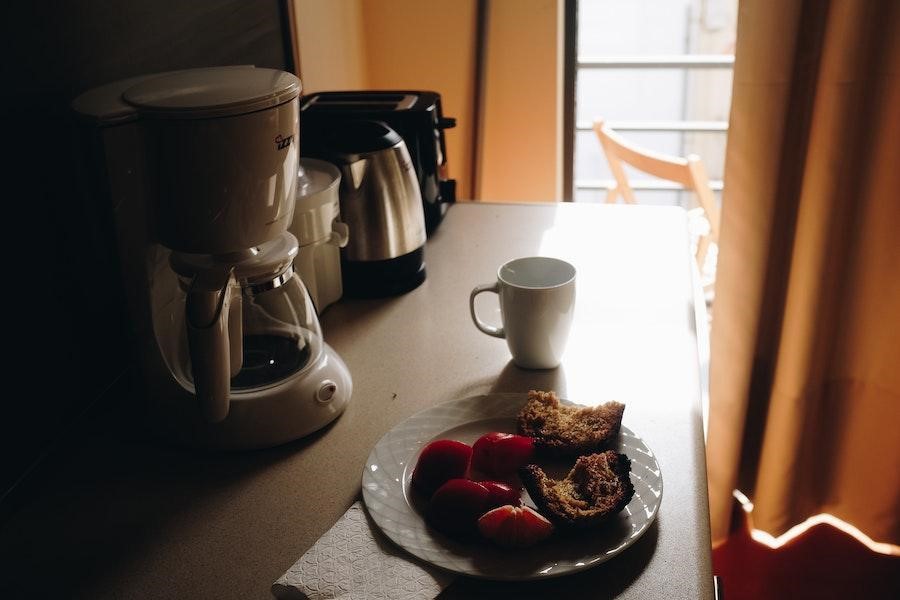
Single-serve coffee machines have designs allowing them to produce one cup of coffee at a time. Also known as pod or one-cup coffee makers, these machines require single-serve K-cups or pods to brew coffee in mere minutes.
In addition, single-serve coffee makers don’t require complex operation processes. Using these machines involves adding pods, pouring water, and letting the magic happen. Consumers interested in pod coffee machines won’t perform intermediary steps found in the traditional coffee-making process.
Single-serve coffee machines also provide ground-free brews with no floating residues. Hence, they’re perfect for making straight and clean coffees. Additionally, pods unique to these machines come in individual packs.
Consumers can use as much coffee as they want without worrying about storing half-open packs. Hence, coffees made with single-serve machines maintain their flavors without risk or dilution.
French press
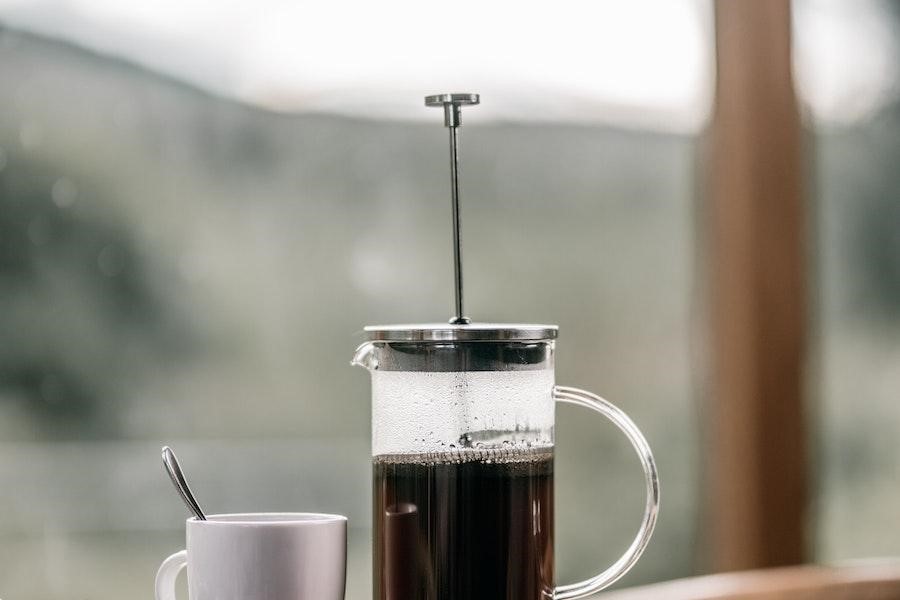
French press coffee makers are mechanical machines that don’t require electricity—helping consumers save a lot of energy costs. The process requires adding coffee grounds, pouring hot water, tightly securing the lid, and pressing down the machine to extract the coffee essence.
Although these French press coffee makers are easy to use, brewing with them requires some trial and error. Consumers may need a few attempts to obtain the ideal taste.
Moreover, most models feature feather-weight glass bodies equipped with plungers. Many consumers prefer this tool to extract the essence from their coffee grounds.
Drip coffee maker

Drip coffee makers are staples in the coffee business. They’re widespread in homes & offices and are easy to find in offline and online markets. Drip coffee machines are similar to French presses but more widespread.
These machines appeal to consumers who love brewing their coffee the traditional way. Drip coffee makers have logical and straightforward mechanisms making them simple to operate.
Similar to French presses, consumers will add their preferred amount of ground coffee, pour water, and let the mixture heat (no manual pressing required). After this process, consumers can make as many cups as they please.
Usually, drip coffee makers come with additional features like pre-programmed settings, coffee grinders, and water temperature controllers. Some models allow consumers to tweak coffee strength to meet their preferences.
Espresso coffee maker
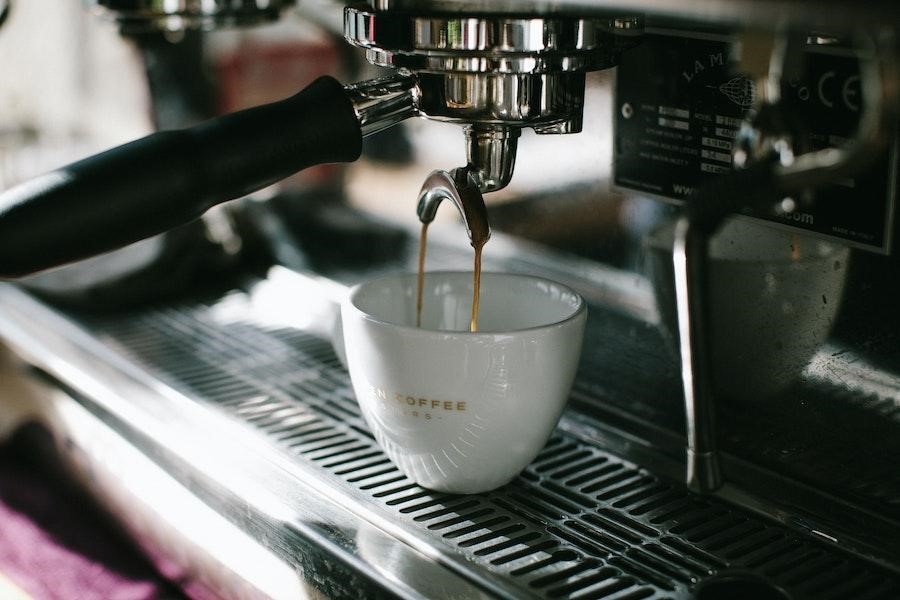
Expresso makers are heavy-duty machines capable of brewing rich and strong cups of coffee. They can also create other beverages like mochas, lattes, and macchiatos. Expresso machines typically produce one or two cups at a time.
However, machines with higher capacities may deliver multiple shots one after another. In addition, all expresso makers include features like water boilers, portafilters, and pressure pumps. Coffee pods can also work on these devices—so consumers may try various coffee flavors.
Capsule coffee maker
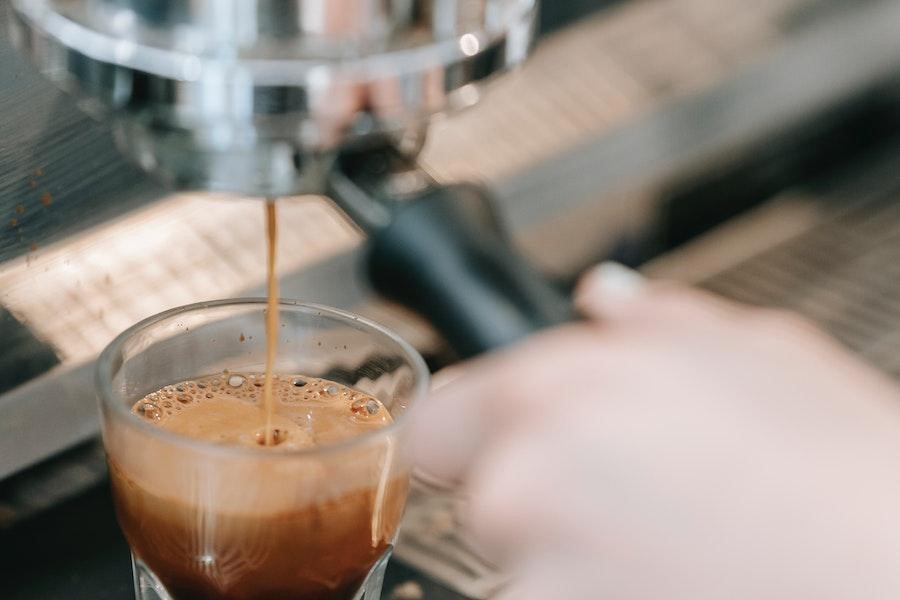
Capsule coffee makers can brew a hot beverage with capsules or pads. Like the single-server, consumers can start brewing by filling the tank with water, inserting an expresso capsule or pad, and activating the machine.
These machines are small and will ensure consumers only brew the coffee they need. Capsule coffee machines may also cost less than other coffee markers and offer a faster and easier way to enjoy a good expresso.
How big is the coffee machine market size?
In 2019, the global coffee maker market reached a value of $3.8 billion. However, marketing experts foresee that by 2027, the market will grow up to $5.1 billion at a CAGR of 6.3%.
Coffee is integral in many societies and cultures, making coffee makers equally important. In addition, coffee machines offer various benefits with the potential to boost this market’s growth. Also, the increasing number of cafes and restaurants in regions like North America, Europe, and Asia Pacific helps increase this market’s size.
Which coffee machine is the best?
Investing in a coffee maker requires many considerations. Businesses may find themselves catering to various needs, especially consumers specific about how they take coffee.
Sellers must research and thoroughly understand their target consumers before making any offers. Self-servers, French presses, drip, espresso, and capsule coffee makers are the top machines to leverage for sales in the coffee market.
